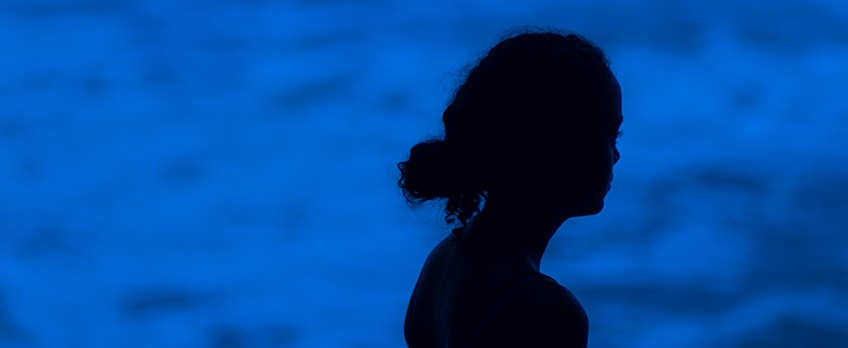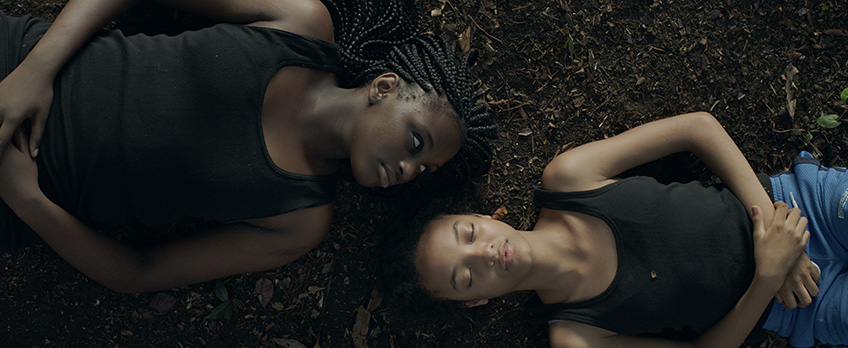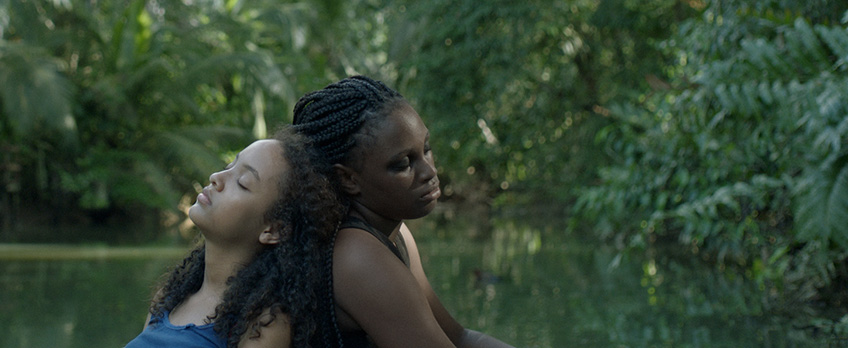An interview with Sofía Quirós Ubeda

Sofía Quirós Ubeda was born in 1989 and studied sound and image design at the University of Buenos Aires. Since her first short films, Sofía has focused on working with non-actors and actresses, creating films that explore their characters' intimate worlds with a poetic vision that highlights atmosphere and emotion. In 2016, her short film Selva premiered at La Semaine de la Critique of the Cannes Film Festival 2017, before screening at MIFF. Her first feature film, Land of Ashes (Ceniza Negra), was filmed in Costa Rica and explores topics such as mourning and the end of childhood.
What’s Land of Ashes about?
"Ceniza Negra tells the story of Selva (13) and how she learns about life through the death of her closest family members. It is the story of how a girl goes through the end of her childhood, as she helps the person she loves the most to die."
The film is a continuation of Selva that you made a few years ago. Where did the original idea come from?
"I started working on the feature film that would turn into Ceniza Negra five years ago. The short film, Selva, was born mid-way, from an impulse I had to go out and capture sounds and images of everything we were developing for the feature. It was an approximation to Ceniza Negra’s atmosphere, a deepening of the main character, and exploration of a way of directing children and teenagers; but most of all an opportunity that allowed us to find Smachleen Gutiérrez, who became the lead actress in both films. The short film ended but we never stopped working after it. Ceniza Negra and Smachleen grew up together."

What are the themes in the movie?
"Ceniza Negra explores themes like the magic in mourning, the end of childhood, transmutation after death, the symbiotic relationship between a grandchild and her grandfather, the act of accompanying someone through their death and learning to be left alone."
Smachleen Gutierrez, also in Selva, is utterly mesmerizing, what do you think it is that makes her so special?
"In Smachleen I found something wonderful from the first moment: her capacity to give herself completely. These last four years I saw a spontaneous, creative, powerful and committed girl growing up. The mix between her discipline and her freshness was key to interpret our main character without turning her into a victim, but making her a joyful, strong and profound girl. She is a very special person, who has lived the process with complete naturality, very centered in her axis and connected to reality. Knowing her has been one of the best gifts this lm has given me."
Your film crew is predominantly female. Was this a conscious choice?
"Yes, this was the result of a natural process. The last few years I had been working with the producer, the casting director and the director of photography in the creative development of the film. They were all part of the creative decisions as we felt comfortable working in a collaborative way. When we started to choose the rest of the crew, we wanted to continue with this energy and achieved a production where the heads of department were women.
"There’s no doubt that this is a reflection of the women in new generations, and how we decide to lead, which makes me proud and makes me feel safe in my workspace, free of pressure and prejudice. The participation of creative men, sensible and involved, gave the team the balance it needed."

Talk a little bit about the shoot – were there any challenges?
"The shooting was wonderful and intense! Humberto (the grandfather) and Smachleen had several weeks living with us before starting main photography, as we rehearsed in their daily living to ensure the process of going into character was symbiotic and to become – in a way – like a real family. On set, we were at least 35 people, and we lived together in front of the beach for 40 days. We had a very flexible method, working very connected with nature and the unexpected element of sudden rains and storms!
"The process was ludic: the whole crew played constantly with the actors, we danced to Elvis Presley or reggaeton music every day. It was a trip back to childhood for everyone, and a look into our old age! We used plenty of improvisation with the non-actors, allowing them to propose where magical and unexpected situations completed the shooting schedule! It was a beautiful shoot, marked by the symbiosis between old age and the end of childhood."